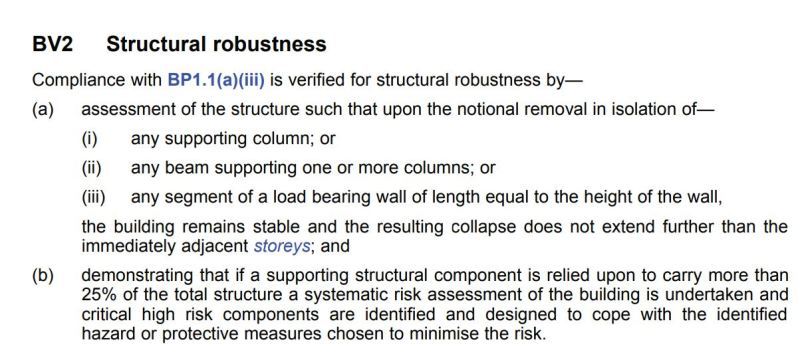hetgen
Structural
- May 3, 2010
- 221
Hi good people,
How do you account for redundancy/robustness when designing a mega transfer beam supporting a multi-story building column?
I'm reviewing a 20-storey concrete frame building with a 50ft span transfer beam on the 2nd-floor level. The building structural geometry is very basic and the structural elements are conservatively designed.
The transfer beam is a critical element for the stability of the whole structure but it is a single span beam with no redundancy for alternative load path.
We could perhaps overdesign the transfer beam considering that it's a significant element, but I'm not sure if that count as adding redundancy and I'm also not sure by how much we have to overdesign.
N.B...The building is located in a non-seismic area.
Many thanks.
How do you account for redundancy/robustness when designing a mega transfer beam supporting a multi-story building column?
I'm reviewing a 20-storey concrete frame building with a 50ft span transfer beam on the 2nd-floor level. The building structural geometry is very basic and the structural elements are conservatively designed.
The transfer beam is a critical element for the stability of the whole structure but it is a single span beam with no redundancy for alternative load path.
We could perhaps overdesign the transfer beam considering that it's a significant element, but I'm not sure if that count as adding redundancy and I'm also not sure by how much we have to overdesign.
N.B...The building is located in a non-seismic area.
Many thanks.




![[tiphat] [tiphat] [tiphat]](/data/assets/smilies/tiphat.gif)